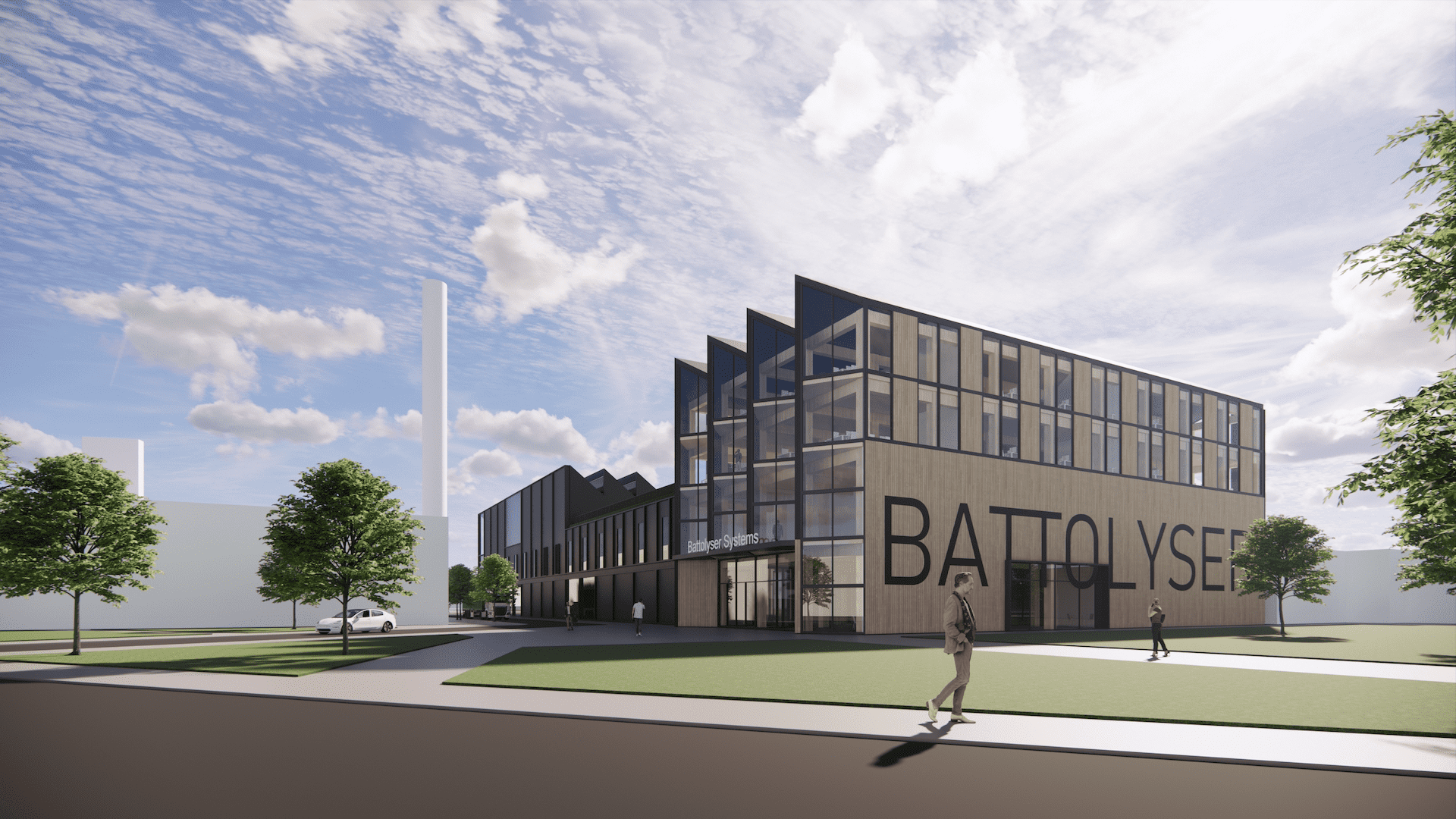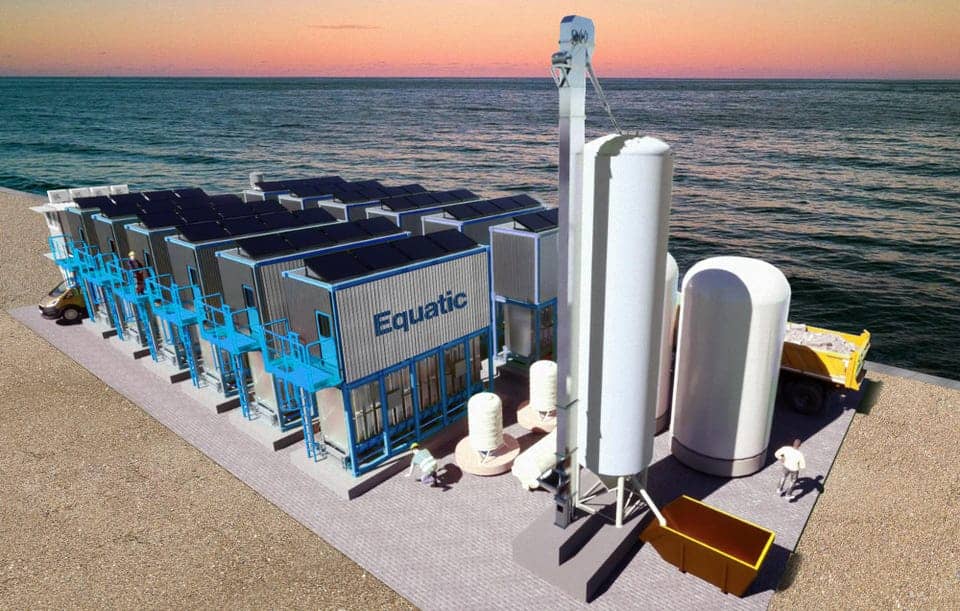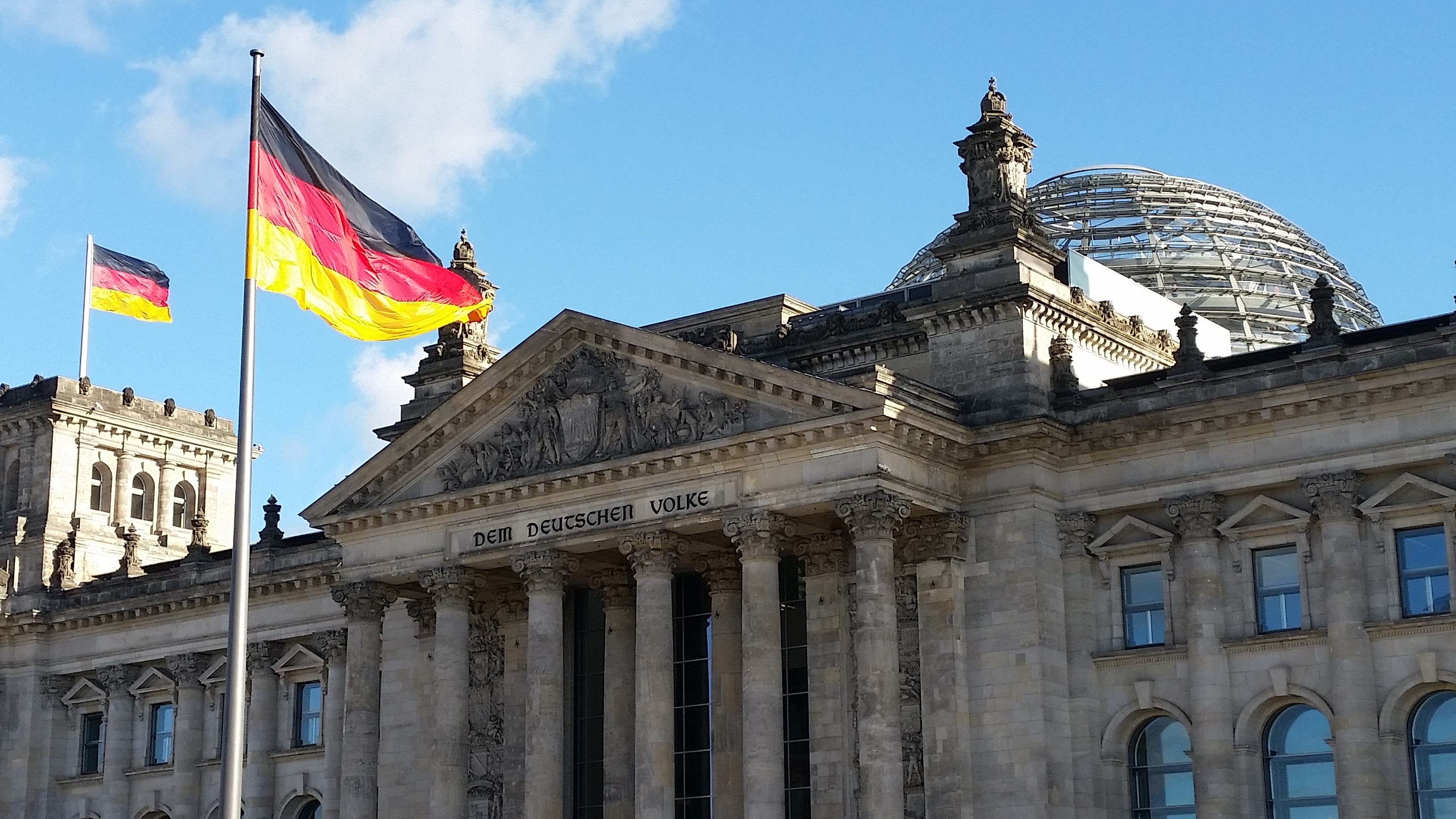
Siemens Energy, in partnership with Air Liquide, has unveiled a new electrolyzer factory in Berlin, marking a significant milestone in the escalation of the hydrogen economy. The factory is slated to have an initial output of one gigawatt, but the ambition doesn’t stop there. By 2025, the operation is expected to scale up to a minimum of three gigawatts. This production capability equates to about 300,000 metric tons of green hydrogen annually, equalling a city’s carbon emissions comparable to Aachen. The German Federal Ministry for Research and Development supports the enterprise, affirming the country’s commitment to sustainable energy solutions.
- Siemens Energy and Air Liquide launched a new electrolyzer factory in Berlin.
- The factory aims to scale up green hydrogen production and make it more competitive and accessible.
- The project faces challenges in financing and policy and calls for more government support and incentives.
The inauguration of Siemens Energy’s new electrolyzer factory heralds a new era in the quest for climate neutrality. The Berlin-based plant is not just a manufacturing facility; it’s a beacon of innovation and industrial synergy. With the collaboration of French giant Air Liquide, the project is a testament to the strengthening Franco-German alliance in clean energy pursuits.
Scaling up the green hydrogen revolution
The factory’s use of Proton Exchange Membrane (PEM) technology is a strategic move. PEM electrolyzers are known for their flexibility and efficiency, crucial attributes for scaling up production while driving down costs. Adopting this technology could catalyze the green hydrogen sector, making it more accessible and economically viable. Efficiency improvements in the manufacturing process can further reduce the space, material, and manpower required, ultimately contributing to a more cost-effective product.
This venture is part of a broader European strategy to bolster green energy initiatives. Christian Bruch, CEO of Siemens Energy, underscored the significance of such projects and the necessity for viable business models to ensure their success. The alliance is also working on large-scale hydrogen projects in France, Denmark, and Sweden, aimed at slashing CO2 emissions and moving towards a carbon-neutral future.

Industrial scale for competitive advantage
François Jackow, CEO of Air Liquide Group, has stressed the importance of mass-producing industrial-scale electrolyzers. The sheer scale of the Berlin plant’s operations is poised to make renewable hydrogen a competitive player in the energy market. This emphasis on volume is crucial; it’s not enough to have the technology – it must be available at a scale and cost that make it a realistic alternative to fossil fuels.
The German Federal Ministry for Research and Development’s financial backing is part of the SEGIWA project, nested within the larger H2Giga flagship project. This support underlines the political commitment to green hydrogen as a cornerstone of Germany’s energy strategy. Meanwhile, Siemens Energy expects this new venture to generate over €1 billion in revenues over the medium term, highlighting the economic potential of the green hydrogen industry.
Challenges ahead
Despite the optimistic outlook, challenges persist. Anne-Laure de Chammard, a board member at Siemens Energy, has pointed out the difficulties in financing green hydrogen projects and the vital role of government support. As the industry stands at the precipice of a potential boom, the need for a robust framework of policies and incentives is more pressing than ever. Samuel Alt, senior director of energy policy at Siemens Energy, echoed this sentiment, calling for increased political enablement, financial support, and the establishment of clean hydrogen certification schemes.

Technology meets policy
Technology is not the bottleneck in expanding the hydrogen economy; policy is. Siemens Energy has highlighted the need for policymakers to create an enabling environment. This includes incentives such as quotas and Carbon Contracts for Difference, alongside the construction of hydrogen infrastructure like pipelines, ports, and ships. Such measures could accelerate the integration of green hydrogen into the energy mix, facilitating a transition to a more sustainable and climate-friendly economy.






